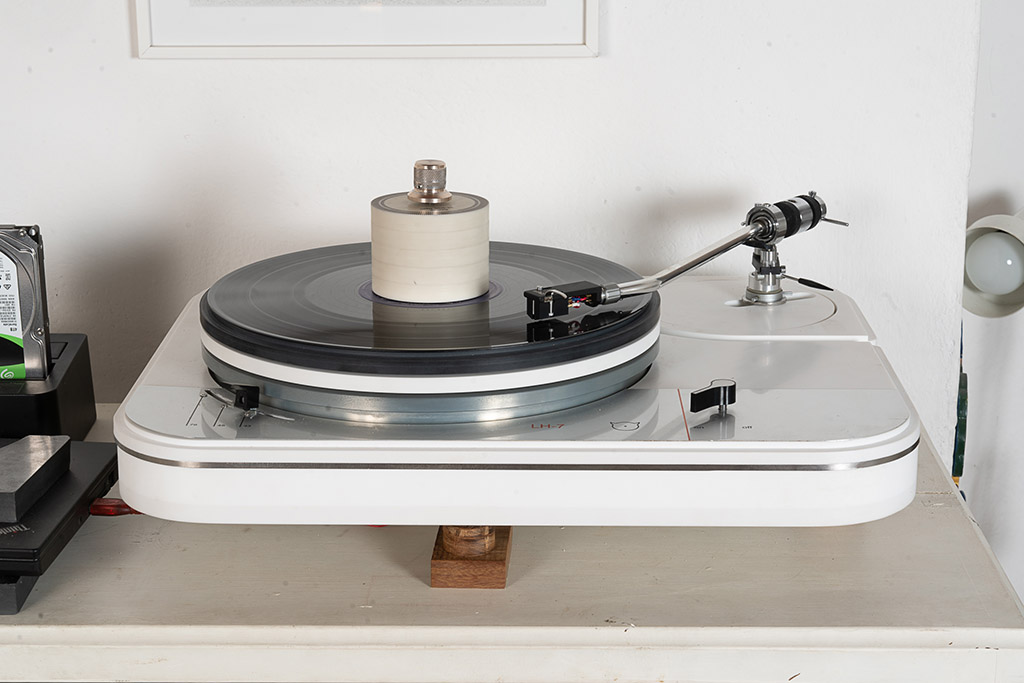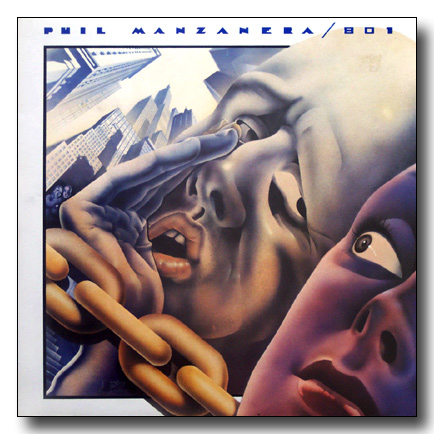C37 Book - English
"The Character of Sound" by Dieter Ennemoser
The C37 book "The Character of Sound"
by Dieter Ennemoser
ISBN 3-907073-32-0
German and English text in one book.
Contents:
Introduction 5
The Decisive Idea 5
The Ear as a Multiple Filter 7
The Brain as a Complementary Filter 7
The Diversity of Sounds and Their Classification 8
The Effect of Dampening 8
The Transient Response,
or How the Code Hid Behind Itself 9
The "Warm Sound" 10
The Supervowel of the Singer 10
The Supervowel in Musical Instruments 12
The Timbre 12
Perfect Pitch 13
The Existence of "Natural Overtones" 13
Musically"True or"Natural" 14
The "Supernatural" Sound 14
Records, Compact Discs and the Acoustic Paradox 15
The Example of Loudspeakers 16
Technical Details of the C37 Pattern 16
The Musical Metre as a Consequence of the
C37 Pattern 17
Conclusions 19
Pan Verlag
Büro Deutschland:
Naumburger Straße 40
D - 34127 Kassel
Telefon: 0049/(0)561 50049360
E-Mail: info@pan-verlag.com
Distribution of PAN editions
Schweiz/Switzerland:
Musica Viva AG
Schützenmattstr. 1
CH - 8180 Bülach
www.musicaviva.ch
Weltweit/worldwide:
Merseburger Verlag Berlin GmbH
Naumburger Straße 40 - 34127 Kassel
Telefon: +49 561 789809-11
Fax: +49 561 789809-16
E-Mail: vertrieb@merseburger.de
Excerpt from
"The Character of Sound"
by Dieter Ennemoser
The Musical Metre as a Consequence of the C37 Pattern
This suggestion came from my sister Heidi Ennemoser who, in the course of her training as a conductor,
experimented with the effect of various musical tempi on the perception of the listener.
She found out that different people, when hearing the same tempi, had the same or similar feelings.
The fact that these results were quite decisive lead me to the question: Is the perception of tempi somehow
linked to the C37 pattern and the perception of sounds? One particular quality of the C37 pattern is its
octavability in both directions.
This implies that by halving the C37 frequencies several times one could get within a frequency range of
"beats per minute".
What would the metronome numbers resulting from these calculations be like? Would my expectations be
proved wrong?
After some calculations, I had established the following metronome numbers:
61,4 63,0* 66,8 70,3 75,5 82,8 88,1 93,0 100,0 109,0 113,7 123,0 126,0*
134,0 141,0 151,0 166,0 176,0 186,0 200 beats per minute.
(* = new, not in the book)
I made measurements and comparisons and came to the following conclusions:
The C37 tempi feel natural and full and in harmony with the body. The body seems to respond to them.
Just as a swing can be made to go ever higher by a series of small repetitve pushes, so the correct
tempi induce distinct reactions in the body.
Even with the sound of a pulsating metronome (it is an electronic one with a little loudspeaker) I could
detect differences due to the tempo: The beating of the C37 tempi appeared clearer, firmer, and more forceful.
Intermediate tempi sounded nasal and flat, as though striving to recover from an unstable position.
A new question in evitably emerged: How does a 3/4 time or a 6/4 time fit into the system?
Are only the whole bars important or the individual beats also? - It turned out that both the bar tempo as
well as the beat tempo (i.e. treble the metronome number for 3/4 time) should follow the C37 pattern.
This, of course, means a reduction in the number of tempi available. Calculation shows that only the following
metronome numbers meet these criteria: 61.4 66.8 75.5 82.8 100.0.
These tempi, because of their stronger body resonances, also appear very forceful in (2/2) time whereas the
remaining five tempi 54.5 70.3 88.1 93.0 and 113.7 suggest lighter, more graceful themes and may be able
to express more subtle registers.
Conclusions:
What can be concluded from these results? Our perception of tempi reveals itself as the extended oscillation
of our constituent atoms! This is how we share a specific common relationship; who we are, what we are made of, and what we express through music. This specific relationship is called musicality.
(Naturally these figures, as those for the frequencies noted in the previous chapter, only represent the current
extent of my research and I make no claim for their accuracy or cempleteness).
We perceive musical tempi not as an objective physical phenomenon but through the unconsciously felt vibrations of our own bodies. That is why, in century of technical progress, the determined attempts to impose new structures on music through mathematical formulae have been unable to alter anything. And when pedantics try again and again to deny the nature in us and declare everything to be relative, nature always reemerges as the dominant factor.
Any musician who has played in an orchestra knows the feeling of suddenly tuning into the same beat
transmitted from conductor to player to player, or from player to player to conductor, or occasionally even from
listener to conductor to player to player.
A conductor will not lose his creative freedom because of the discovery of the existence of natural vibrations as
one might first assume - not any more than the painter would be restricted in his creative art by a knowledge of
the functioning of the human eye. Knowing these natural relationships, he can become increasingly conscious
of the effect that the choice of tempi, and the increasing or reducing of speed, and tempo shifts have upon the
expressive value of music. He will also realize the importance of this instinct, will cherish it and perhaps even
revive experiences or abilities buried for a long time.




























.jpg)




















.jpg)






































